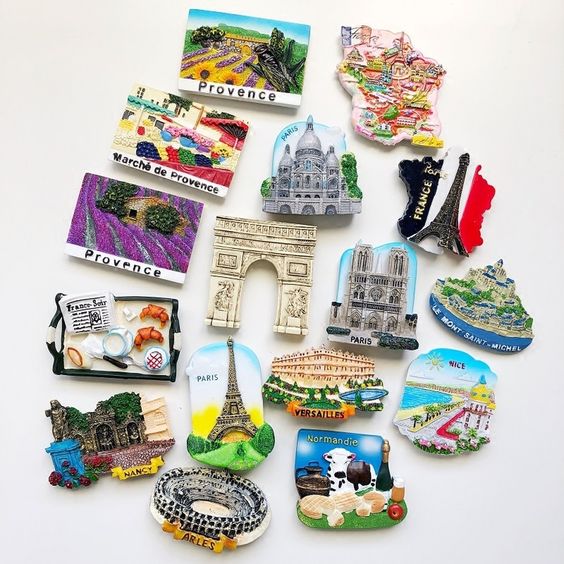I. Introduction: The Post-Pandemic Sourcing Reality
The globalization of supply chains has long been defined by the physical engagement: handshake deals at major trade shows, face-to-face negotiations, and routine factory floor visits. However, the last several years have fundamentally disrupted this traditional sourcing model, ushering in an era where effective, secure procurement must pivot toward sophisticated digital processes. Reliance solely on the casual factory tour or a quick discussion at a Canton Fair booth is now obsolete. The necessity of remote manufacturer vetting has amplified the inherent risks—chiefly IP theft, quality fade, and financial non-compliance—demanding a formalized, technology-driven due diligence process for any B2B importer engaged in Asia sourcing.
The transition to remote engagement increases visibility challenges. Without mandatory in-person travel, importers must implement stricter verification protocols to gain actionable confidence in their partners. A basic verification check is insufficient; successful custom manufacturing auditing requires integrating legal defense mechanisms, stringent quality protocols, and advanced financial modeling.
1.1. The Digital Imperative: Why Traditional Vetting is Obsolete
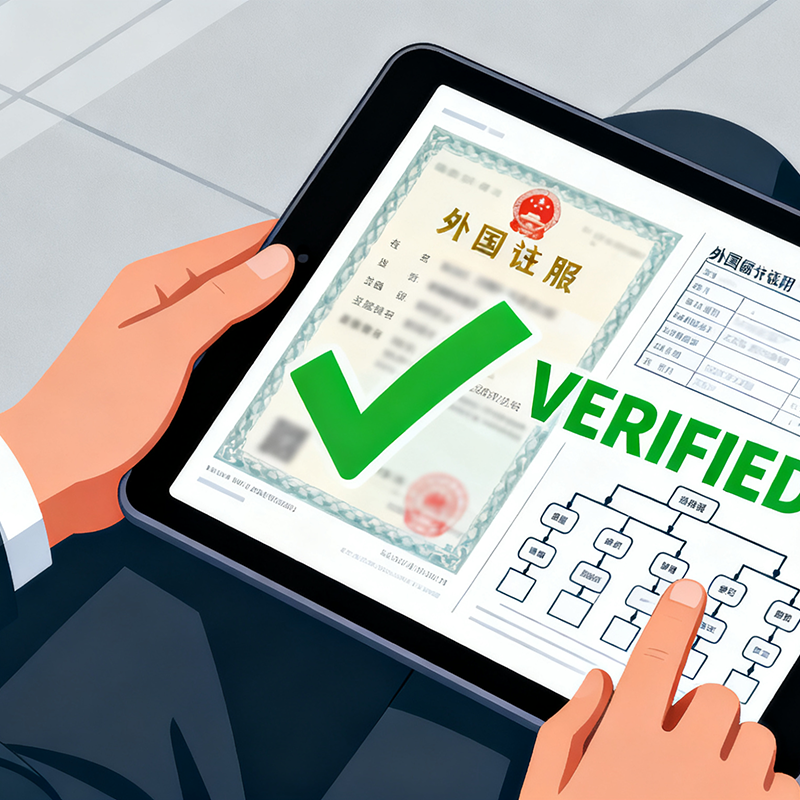
For decades, the perceived cost advantage of offshore manufacturing often overshadowed the less quantifiable risks. Today, those risks—ranging from sudden geopolitical shifts to undisclosed sub-contracting—demand quantification. Sourcing professionals must now treat the vetting process not as a prerequisite, but as a continuous, high-fidelity data collection exercise. The key challenge lies in obtaining institutional knowledge and operational transparency—elements traditionally secured by physical presence—through digital means. This shift requires abandoning simple price comparison models in favor of a holistic financial strategy known as Total Cost of Ownership (TCO), and exchanging weak contractual agreements for China-enforceable Intellectual Property (IP) fortifications.
1.2. The Five Pillars of Advanced Remote Manufacturer Vetting
To professionalize the sourcing journey and mitigate supply chain risk Asia, this report establishes a structured framework built upon five critical pillars. These pillars represent a complete methodology for selecting and managing an offshore custom manufacturer, transforming inherent uncertainty into data-driven confidence:
- Digital Due Diligence: Pre-qualifying suppliers based on verifiable credentials and capacity.
- Legal Fortification (NNN): Securing Intellectual Property rights with enforceable, China-specific contracts.
- Remote Quality Management: Executing comprehensive virtual factory audits and process control checks.
- Regulatory Compliance: Ensuring adherence to dual-market standards (CPSC, REACH, EN 71).
- Metrics-Driven Financial Analysis: Moving beyond unit price using Total Cost of Ownership (TCO) modeling and performance metrics (OTD).
By successfully implementing these five pillars, procurement leaders can professionalize their custom manufacturer auditing and achieve guaranteed results, regardless of geographical distance.
II. Pillar 1: Digital Due Diligence and Pre-Qualification Deep Dive
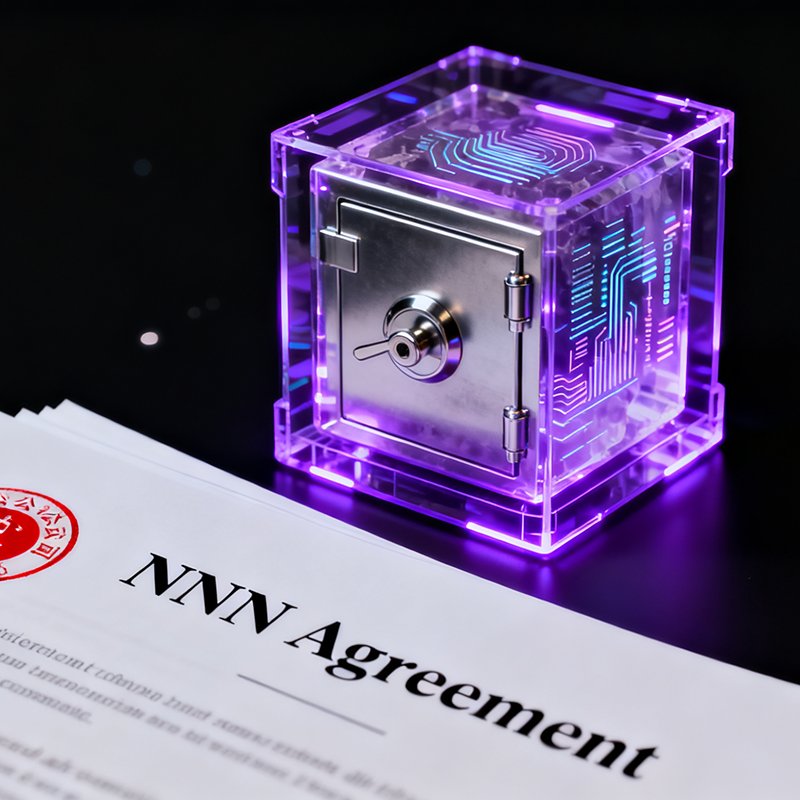
The initial phase of remote manufacturer vetting focuses on rapidly screening out suppliers lacking basic legal standing, operational structure, or proven capability. This foundational stage is essential because it prevents the premature disclosure of sensitive product information and IP to unvetted entities. Properly executed, this pre-qualification should eliminate the vast majority of unsuitable candidates before any significant time or capital is invested.
2.1. The Essential Vetting Checklist: Establishing Remote Trust
Remote verification starts with the mandated presentation and verification of non-negotiable operational credentials.
Operational Proof & Credentials
The supplier must first provide core legal documentation. This includes a valid business license and an export license. Sophisticated importers verify these documents against local Chinese registries to ensure the entity is legally registered, currently active, and authorized to conduct international trade. Relying solely on a photograph of a document is insufficient; true digital due diligence requires external validation.
Organizational Structure and Capacity
Importers must request the supplier’s organizational chart (Org Chart) and a detailed machinery list. Reviewing the Org Chart provides immediate, crucial visibility into the factory’s internal commitment to quality. If the organization chart shows Quality Control (QC) personnel merely reporting to production management, or if QC roles are adjunct to primary production duties, it serves as a major red flag for custom manufacturing. The absence of a dedicated, autonomous Quality Assurance (QA) department suggests that quality is subordinate to output speed, significantly increasing the risk of defects and quality fade.
The machinery list serves as a key indicator of capability. By cross-referencing product specifications with the factory’s available tooling and equipment, importers can assess whether the supplier can actually execute the required technical processes in-house. A gap here suggests the manufacturer will likely resort to unauthorized sub-contracting, a practice that leads to the importer losing control over both quality standards and intellectual property vulnerability. Pre-qualification minimizes this hidden supply chain risk.
Financial Screening and Track Record
To gauge a supplier’s reputation and competence, importers should request references. Specifically, this means asking for a list of top customers (with their permission) and 2–3 recent inspection or audit summaries. These summaries verify a tangible track record of compliance and capability, providing documented evidence that the supplier has successfully navigated external quality scrutiny before.
Initial Term Setting
Clear communication of standard terms must occur early in the vetting process, ideally before rough quotation. These terms define fundamental aspects of the relationship, including payment milestones (e.g., standard 30% deposit, 70% balance upon pre-shipment inspection), the chosen Incoterm (such as FOB vs. EXW), and lead time expectations. Establishing these non-negotiable expectations upfront helps screen out manufacturers unwilling or unable to meet standard B2B procurement benchmarks.
2.2. Developing Initial QA/QC Expectations
A comprehensive strategy for custom manufacturer auditing necessitates laying the groundwork for quality control before a contract is finalized. During the initial quotation stage, the importer should request the potential supplier’s proposed Quality Assurance/Quality Control (QA/QC) plan. This plan should detail how the supplier manages quality for incoming material inspection, work in process (WIP) checks, and finished goods examination. A manufacturer that cannot articulate a structured QA/QC plan, or one whose plan is vague, signals a systemic weakness in quality management that no subsequent audit can fully overcome.
III. Pillar 2: Fortifying Your Intellectual Property with the NNN Agreement
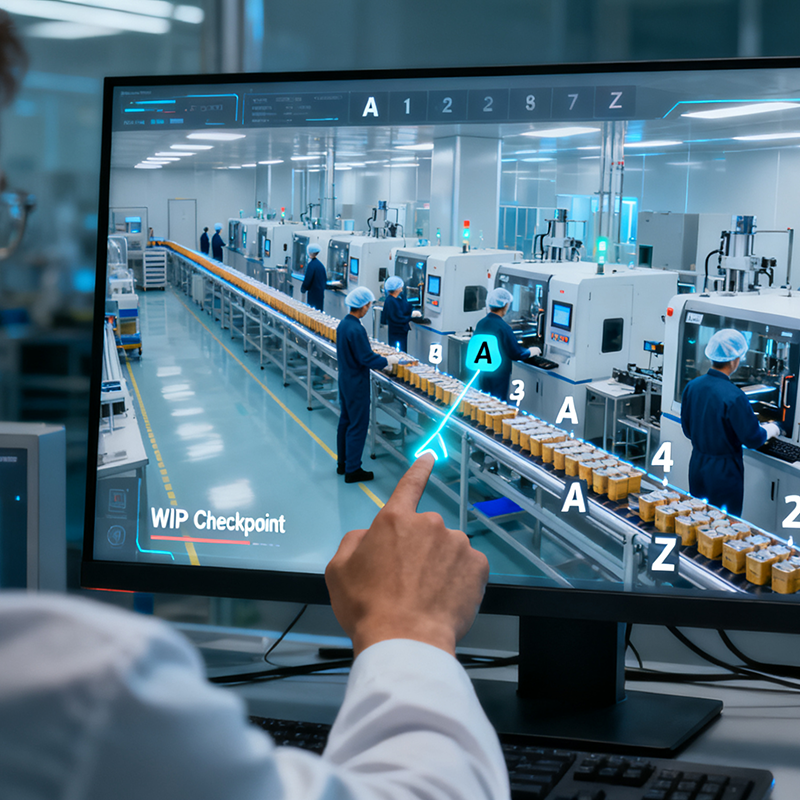
In the ecosystem of Asia sourcing, intellectual property (IP) leakage is arguably the most financially damaging supply chain risk. The cornerstone of effective legal defense is the NNN Agreement, a sophisticated legal instrument far exceeding the protections offered by a standard Non-Disclosure Agreement (NDA).
3.1. Why NDAs Fail and NNNs Prevail
A standard Non-Disclosure Agreement (NDA) focuses narrowly on preventing secret information from being revealed to an unauthorized third party. For Original Equipment Manufacturer (OEM) or Original Design Manufacturer (ODM) relationships in China, this focus is inadequate because the primary risk is not leakage to a third party, but the manufacturer themselves misusing the information.
The NNN Agreement, which stands for Non-Disclosure, Non-Use, and Non-Circumvention, has become the standard initial step in dealings with Chinese manufacturers because it addresses this specific manufacturer misuse risk. It provides confidentiality provisions combined with explicit limitations on how the supplier can utilize the provided confidential information.
3.2. Deconstructing the Three N’s in a China Context
The power of the NNN lies in its tripartite structure:
- Non-Disclosure (ND): This standard provision prevents the manufacturer from sharing confidential business information, such as product schematics, pricing, or strategic plans, with external entities.
- Non-Use (NU): This critical provision restricts the Chinese company from using the importer’s intellectual property for any purpose except those directly benefiting the importer, as explicitly outlined in the agreement. Crucially, this bars the manufacturer from using the importer’s designs, tooling, or confidential details to create their own competing product line.
- Non-Circumvention (NC): This provision restricts the manufacturer’s ability to bypass the importer by directly selling products manufactured on the importer’s behalf to the importer’s customers, thereby undercutting the importer’s pricing and market share.
3.3. Legal Enforcement: Drafting the Bilingually Binding Contract
An NNN Agreement is only a powerful legal tool if it is enforceable in the relevant jurisdiction. The critical strategic imperative is that the NNN must be drafted under Chinese law and executed as a bilingual document, with the Chinese version stipulated as the binding legal text. US-governed NDAs are often practically unenforceable in local Chinese courts, rendering them functionally useless when a dispute arises.
Furthermore, the importer must ensure the agreement stipulates pre-agreed financial penalties, known as liquidated damages, for any breach. This mechanism avoids the necessity of lengthy and complex calculations of actual damages in a foreign court system, streamlining the enforcement process significantly. It is absolutely vital that the NNN be signed and formally executed before any product specifications, prototypes, or other confidential technical details are shared with the manufacturer. This ensures the importer maintains maximum legal leverage over the supplier.
3.4. Trademarks and the Evolving OEM Landscape
Legal fortification extends beyond contractual agreements; robust IP protection requires the proactive registration of trademarks, patents, and copyrights within China.
Historically, Original Equipment Manufacturing (OEM) products explicitly manufactured for export were often deemed non-infringing because they did not enter the Chinese consumer market. However, recent landmark judgments by the China Supreme People’s Court are redefining this precedent. The court has overturned previous views, concluding that branded OEM products may constitute trademark infringement if a third party owns the registered mark in China. This shift in opinion is driven by the growing accessibility of goods via e-commerce and global travel, meaning that confusion among the relevant Chinese public—including business operators—can now be established even if the product is intended solely for export.
This evolution means that relying purely on export authorization is an increasingly risky strategy. Importers must proactively register their trademarks in China to prevent opportunistic IP trolls or former manufacturing partners from registering the mark themselves, regardless of the product’s final destination. This measure ensures continuous IP control and mitigates the risk of customs seizure based on infringement claims.
IV. Pillar 3: Executing the Comprehensive Remote Factory Audit Protocol
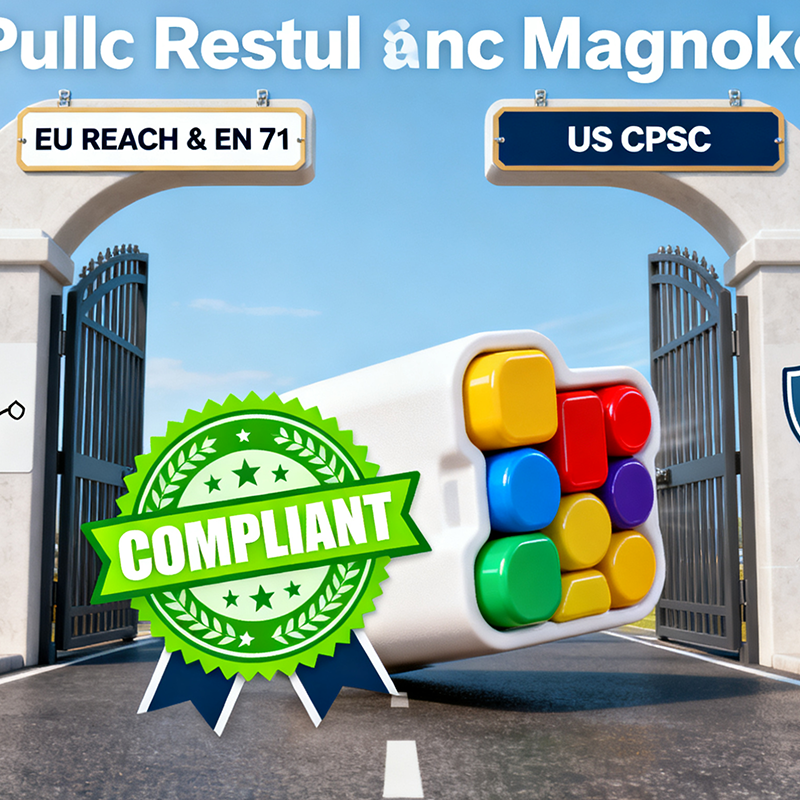
Gaining reliable visibility and assurance into an offshore facility without stepping foot inside requires a highly disciplined and technologically structured remote factory audit protocol. This virtual supplier assessment must substitute physical presence with rigorous process documentation, standardized checklists, and directed live observation.
4.1. Defining the Scope: Beyond Basic Verification
Factory vetting requires selecting an audit type that precisely aligns with the importer’s specific risk profile and corporate requirements. Costs and depth vary significantly:
| Audit Type | Typical Cost Range | Primary Focus/Goal |
| Basic Factory Verification | $300–$500 | Legal status verification, general capacity assessment, and ownership identification. |
| Standard Quality Audit | $800–$1,200 | ISO 9001-based checks on manufacturing process control, quality assurance systems, and corrective actions. |
| Social or Environmental Audit | $1,000–$1,800+ | Labor conditions (SA8000/BSCI frameworks), worker interviews, safety compliance, and CSR reporting. |
| Multi-Day / Multi-Site Audit | $2,000+ | Comprehensive systems review, often covering complex, highly regulated supply chains. |
For sophisticated custom manufacturer auditing, the Standard Quality Audit, often utilizing an extensive ISO 9001 audit checklist comprising over 400 detailed questions, is generally the minimum required to evaluate quality assurance, manufacturing processes, and adherence to established checkpoints.
4.2. Pre-Audit Preparation: The Foundation of Virtual Rigor
The success of a remote audit hinges almost entirely on meticulous preparation, mitigating potential technical and communication barriers before the assessment begins:
The Dry Run and Mapping
Importers or their third-party auditors must schedule a dry run several days or weeks before the actual audit. This practice tests the necessary technology (Zoom, Teams, or WeChat), assesses internet signal stability, and identifies areas within the facility, particularly those with poor Wi-Fi or mobile network coverage, that must be avoided or managed during the live stream.
Crucially, the factory floor plan must be obtained ahead of time. The auditor should instruct the factory liaison to mark key areas on this map, such as incoming quality control (QC) stations, material quarantine zones, non-compliant (NC) material storage, and any restricted areas. This pre-mapping allows for a detailed audit plan and targeted observation during the live stream.
Checklist Standardization
To compensate for the absence of physical presence, utilizing a standardized, digital, and ideally auto-scoring checklist is essential. This tool ensures the assessment remains objective and covers critical areas like ethical standards, product specifications, and environmental regulations across the entire supply chain.
4.3. Directing the Live Stream: The A-to-Z Material Flow
The core operational technique for remote quality verification is directing the local factory contact to follow the material flow from A to Z. This involves starting the live video stream at the raw materials receiving dock and tracing the flow through warehousing, incoming QC, work-in-process stages, assembly, final inspection, and packaging. This methodical approach allows the auditor to identify bottlenecks and process gaps, making notes of specific points that require deeper scrutiny.
For critical areas, the auditor should pick pre-identified locations (corresponding to the ‘1’, ‘2’, ‘3’ markings on the floor plan) and instruct the auditee to stop, transmit video footage with slow movements, and move precisely as directed. Targeted observation of quarantined or NC materials provides objective validation of whether the factory’s quality system—including its corrective action process—is truly operational rather than merely theoretical.
A frequent challenge in remote audits is securing crucial documentation (e.g., machinery maintenance logs, employee training records, calibration certificates). If the factory expresses resistance to emailing sensitive documents, the auditor should propose a live document review via a video call. In this scenario, the documents are prepared on a factory computer and reviewed via screen sharing on Zoom or Teams. This is a vital protocol for navigating confidentiality concerns while ensuring document validity, a proactive step that is superior to receiving no preparation at all.
4.4. Post-Audit Procedures and Confidentiality
The closing meeting must be managed with precision. Findings must first be written down by the auditor and then displayed via screen sharing in a highly structured format, showing the Requirement, the Finding, and the Conclusion simultaneously.
The standard process of collecting a physical signature is challenging in a remote context. A reliable alternative is requesting the auditee to simply write their name into the final document and send it back via email. Finally, to maintain trust and transparency, it is considered good practice to inform the factory staff that sensitive documentation, such as screen captures of their internal records, will be securely discarded after the final report is generated.
V. Pillar 4: Regulatory Compliance as a Non-Negotiable Vetting Point
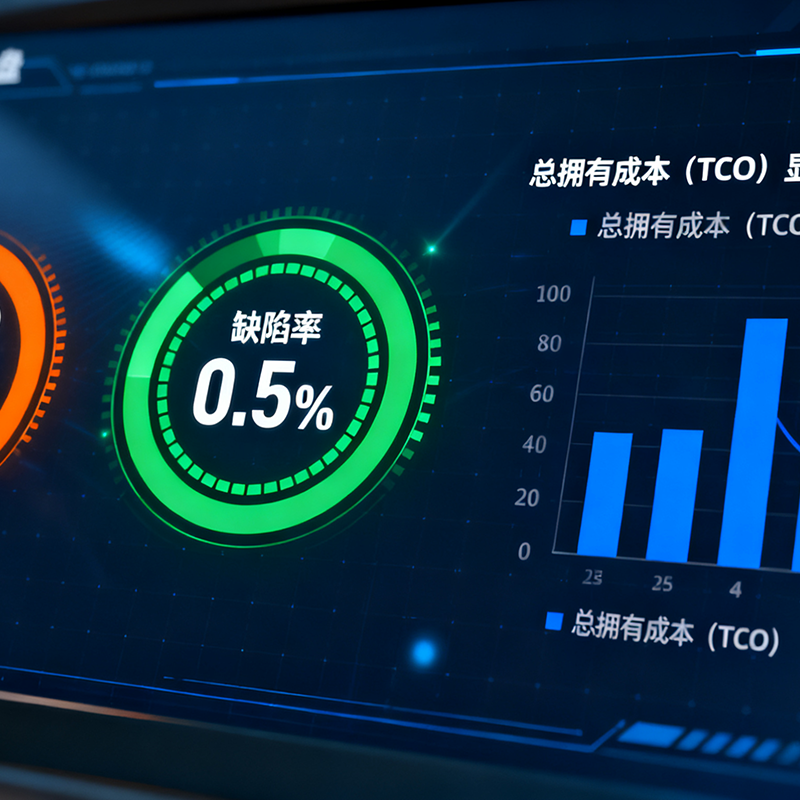
Compliance failure represents one of the single greatest non-quality risks in international sourcing, frequently leading to costly recalls, crippling fines, and customs seizure. Effective remote manufacturer vetting must confirm the supplier’s capability and willingness to meet the stringent, dual-market consumer protection standards of the United States and the European Union.
5.1. North American Compliance: CPSC and Custom Figures
The US Consumer Product Safety Commission (CPSC) mandates that manufacturers and importers test many consumer products for compliance with applicable safety rules and issue a formal certification. The requirements vary significantly based on the product’s intended user:
General Use Products (Non-Children’s)
For non-children’s products, a General Certificate of Conformity (GCC) must be issued, certifying that the product adheres to all applicable consumer safety rules. Testing can be performed by any competent laboratory, which may include an accredited external provider or a reputable in-house testing facility.
Children’s Products
If the custom item, such as a custom resin figure, is designed, manufactured, or marketed as a plaything primarily for children 12 years of age or younger, it is classified as a children’s product. This triggers much stricter requirements:
- A Children’s Product Certificate (CPC) must be issued.
- Mandatory third-party testing must be performed by a CPSC-accepted laboratory.
- Compliance with ASTM F963 is mandatory. This comprehensive safety standard covers physical, mechanical, and specific chemical hazards, including heavy metals like lead.
Vetting must ensure the manufacturer understands this critical product classification distinction and that, for children’s items, they have established relationships with approved CPSC testing laboratories.
5.2. European Union Compliance: REACH and EN 71
The EU market is governed by complex chemical and safety regulations that place significant obligations on importers and require meticulous vetting of the manufacturer’s raw material supply chain.
REACH Regulation
REACH, standing for the “Registration, Evaluation, and Authorization of Chemicals,” governs the import and manufacture of chemical substances within the EU, Iceland, Lichtenstein, and Norway. This regulation applies to substances as themselves, in preparations (mixtures), and, under specific conditions, in finished products (articles).
The legal obligation to register substances imported in quantities exceeding 1 metric ton per year falls upon the EU-based importer. Non-EU based manufacturers (like those in China) often appoint an Only Representative (OR) to assume the registration burden, relieving their EU customers of the responsibility. Vetting must confirm the potential supplier’s familiarity with REACH obligations and their ability to provide accurate declarations regarding the presence of Substances of Very High Concern (SVHCs) in the materials, parts, or assemblies delivered.
EN 71 Toy Safety Directive
The EU Toy Safety Directive establishes essential safety requirements for toys, which includes a series of specific EN 71 standards. These standards must be met for any custom manufacturer producing items intended for the EU market. Key standards relevant to custom resin figures and similar articles include:
- EN 71-3 (Migration of Certain Elements): This is crucial for chemical safety, setting stringent soluble limits for the migration of potentially harmful heavy metals (e.g., lead, cadmium, arsenic, mercury) from the toy’s material into the child’s body. These heavy metals are known to pose severe neurodevelopmental and carcinogenic risks, underscoring the necessity of stringent prevention.
- EN 71-6 (Certain Phthalate Esters): This standard specifically restricts the use of certain phthalates, which are common plasticizers often found in plastic or resin materials, due to their potential health risks.
A compliance vetting process must demand test reports from the manufacturer that confirm adherence to the migration limits specified in EN 71-3 and the restrictions of EN 71-6.
5.3. Compliance Vetting Checklist
The following matrix provides a clear, actionable comparison of the core compliance requirements for custom imports into the major Western markets, serving as a template for essential data collection during the remote vetting phase:
Compliance Vetting Matrix: US vs. EU Standards
| Product/Material Category | Target Market | Mandatory Standard/Regulation | Vetting Requirement (Supplier Proof) |
| Custom Resin Figures (Children’s Toy) | USA (CPSC) | ASTM F963, 16 C.F.R. part 1250 | Children’s Product Certificate (CPC), Third-party Lab Test Report verification |
| Custom Resin Figures (General Use) | USA (CPSC) | Applicable safety rules (e.g., lead limits in paint/substrate) | General Certificate of Conformity (GCC), documentation of reasonable testing program |
| All Imports (Chemical Content) | EU | REACH (Registration, Evaluation, Authorisation of Chemicals) | SVHC declaration, history of compliance or proof of engagement with an Only Representative (OR) |
| Children’s Toys (Chemicals/Safety) | EU | EN 71-3 & EN 71-6 | Test reports confirming migration limits for heavy metals and restricted phthalate levels |
VI. Pillar 5: Metrics-Driven Decision Making (TCO and Performance)

The final pillar transitions sourcing strategy from a simple procurement exercise to a sophisticated financial and operational management discipline. This requires moving beyond the singular metric of unit price to a metrics-driven assessment of total value and supplier reliability.
6.1. The Total Cost of Ownership (TCO) Mandate
Experience shows that companies relying solely on the lowest unit price often make a 20% to 30% miscalculation of their actual offshoring costs. This profound error stems from ignoring the complex, lifecycle expenditures associated with global manufacturing. Total Cost of Ownership (TCO) corrects this by providing a holistic assessment of every cost related to the ownership and operation of a specific product or asset over its lifetime.
The strategic value of TCO analysis is significant: it enables procurement professionals to reduce overall ownership costs by focusing on systemic issues and lifecycle expenditures, not just the initial acquisition price.
TCO Formula and Risk Integration
While TCO can be simplified as Initial cost + Maintenance (or operating costs) , a thorough calculation incorporates approximately 30 different cost factors, including overhead, balance sheet impacts, corporate strategy alignment, and crucial risk factors.
For remote manufacturer vetting, the TCO model must explicitly integrate risk factors identified in other pillars. For instance, a potential supplier who refuses to sign an enforceable NNN Agreement or fails the environmental portion of a remote factory audit presents an elevated, quantifiable risk. This risk should be mathematically quantified and assigned a TCO Risk Factor multiplier (e.g., adding a 10–20% premium to the acquisition cost of that source) compared to a fully vetted, compliant supplier. This modeling approach reveals that the supplier with the lowest unit price is often not the supplier with the lowest TCO.
6.2. Calculating True Landed Cost (LC) and the Defect Rate Impact
Landed Cost (LC) is a critical sub-set of TCO, defined as the total expense incurred to bring a product from the manufacturer to the customer’s hands. Accurate LC calculation is essential for ensuring correct product pricing and preserving profit margins.
The Landed Cost Formula includes:
$$ \text{Landed Cost} = \text{Product Cost} + \text{Shipping Costs} + \text{Customs Duties and Taxes} + \text{Insurance} + \text{Additional Fees} $$
Additional Fees often include brokerage fees, warehousing costs, and packaging specific to the destination market.
The Hidden Cost of Quality
A significant error in LC calculation is failing to account for quality issues upfront. Quality Control (QC) is listed as crucial because it helps avoid receiving defective goods and prevents subsequent financial losses.
A high defect rate (e.g., 5% to 10%) has a cascading negative financial impact. It inflates the “Additional Fees” or “Product Cost” category because the importer must pay for replacement goods, replacement freight, additional quality inspection time, and absorbs the customer service costs or lost sales associated with the defective units. Therefore, the true Landed Cost must always be calculated based on the cost per usable unit delivered, not simply the cost per shipped unit. The difference between a 2% defect rate and an 8% defect rate can easily erase the perceived savings of a lower unit price supplier.
6.3. Quantifying Reliability: Measuring On-Time Delivery (OTD)
Supply chain stability is quantified using performance metrics. On-Time Delivery (OTD) is a foundational metric, providing a clear measure of the supplier’s consistency and reliability in meeting deadlines.
The standard OTD formula is:
$$ \text{OTD} = \frac{\text{Number of Orders Delivered on Time}}{\text{Total Orders Shipped}} \times 100 $$
A strategic component of remote manufacturer vetting involves requesting the potential supplier’s historical OTD data, typically spanning the past 12 months. Low OTD rates directly translate into higher TCO due to the consequential costs: unexpected production downtime for the importer, expedited freight charges required to recover schedules, and warehousing delays. Reliable OTD, therefore, is a powerful predictor of lower TCO and fewer operational headaches.
6.4. Data Comparison: TCO vs. Unit Price Sourcing
The fundamental difference between outdated sourcing methods and the advanced, TCO-driven approach is the holistic quantification of risk and hidden costs. The following comparison illustrates why the TCO mandate is non-negotiable for sophisticated procurement operations.
TCO Factor Comparison: Unit Price Sourcing vs. TCO-Driven Sourcing
| Cost/Risk Factor | Unit Price Sourcing Strategy | Total Cost of Ownership (TCO) Strategy |
| Upfront Cost Visibility | High (Focuses only on Unit Price) | Low (Focuses on all 30+ cost factors identified) |
| Hidden Costs | High Risk (E.g., high defect rates, unexpected tariffs, rush freight) | Minimal Risk (Costs quantified in Landed Cost and Risk Modeling) |
| Quality Control Investment | Often minimized or reactive (Pulls from profit) | Proactive (Scheduled audits, pre-shipment inspections built into cost model) |
| IP Protection Strategy | Reliance on standard NDA (high legal risk) | Mandatory China-enforceable NNN Agreement (mitigated risk) |
| Inventory & Obsolescence Risk | High (Due to long, uncertain lead times and poor OTD) | Lower (Factored into 5-year forecast and supply chain strategy) |
| Compliance Risk Quantification | Zero (Ignored until customs issue arises) | Specific cost line item for testing (REACH/CPSC) and Only Representative fees |
VII. Conclusion: Transitioning from Vetting to Partnership (Sustained Management)
The shift from the traditional sourcing paradigm—characterized by periodic physical visits and trust-based negotiation—to a modern, remote manufacturer vetting framework is irreversible. Sophisticated B2B importers must embrace the five pillars of advanced digital diligence to effectively mitigate financial, regulatory, and IP risks inherent in Asia sourcing.
7.1. Vetting Is Ongoing: Developing a Long-Term QA/QC Plan
Successful sourcing is not a one-time event; it requires continuous, sustained management. The vetting process should naturally transition into a detailed, ongoing Quality Assurance/Quality Control (QA/QC) plan. This plan must stipulate regular, mandatory inspections at critical production milestones: confirmation of incoming material quality, oversight during the work-in-process stages, and a final pre-shipment inspection (PSI).
By maintaining a formalized QA/QC structure, the importer continuously validates the factory’s operational stability, capacity, and consistency, transforming a temporary sourcing relationship into a data-driven manufacturing partnership.
7.2. Actionable Sourcing Confidence
The successful execution of the five pillars—Legal fortification (NNN), Comprehensive Remote Audit protocol, Regulatory Compliance (REACH/CPSC/EN71), and Financial Modeling (TCO)—moves procurement organizations beyond guesswork. By quantifying risk and building enforcement mechanisms under Chinese law, importers gain a profound sense of actionable sourcing confidence, transforming potentially risky global sourcing into a strategic advantage with guaranteed, measurable results.
7.3. Key Takeaways for High-Growth Importers
- Prioritize Legal Structure: Never share product IP without an enforceable NNN Agreement drafted under Chinese law.
- Verify, Do Not Trust: Validate business licenses and capacity through mandatory documentation (Org Chart, machinery list, prior audit summaries) before engaging in contract negotiation.
- Audit the Process, Not Just the Product: Utilize the A-to-Z material flow protocol and ISO 9001 checklists during remote audits to verify system integrity, not just surface-level results.
- Cost the Risk: Abandon unit price sourcing. Utilize Total Cost of Ownership (TCO) modeling, explicitly incorporating compliance costs (testing, OR fees) and performance risk (low OTD, high defect rates) into financial forecasts.
- Secure IP in China: Proactively register trademarks in China to circumvent evolving OEM liability risks and ensure customs protection, regardless of the product’s export destination.
- Beyond the Canton Fair: Vetting and Auditing Your Ideal Custom Manufacturer Remotely - October 15, 2025
- Seasonal Sourcing Strategies: Optimizing Inventory Flow for Peak Tourist Demand (Summer & Holidays) - October 8, 2025
- Customization ROI: Why Branded Merchandise Drives Higher Customer Lifetime Value (CLV) - October 2, 2025




